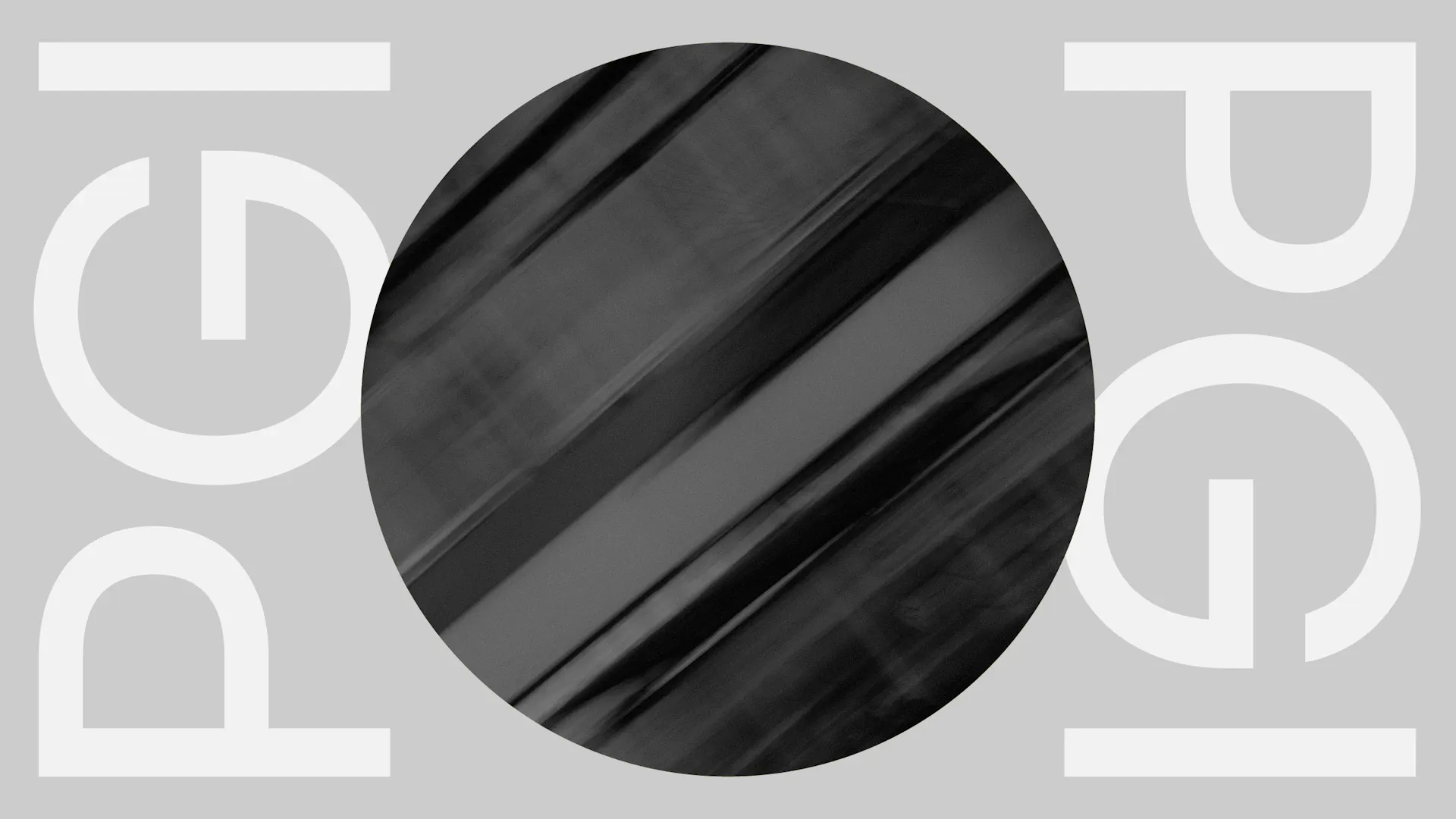Emerging threats

We support organisations striving to build a trustworthy, safe online environment where users can engage authentically in their communities.
Cross-sector corporatesWe support international government organisations and NGOs working to provide infrastructure or improve the capabilities, security and resilience of their nation.
International programmes and developmentWe support commercial organisations operating in a digital world, seeking to protect their reputation and prevent business disruption caused by cyber attacks and compliance breaches.
UK government and public sectorWe support UK government organisations responsible for safeguarding critical infrastructure, preserving public trust, and maintaining national security.



It was been difficult to miss media coverage on last Wednesday’s apocalyptic scenes in New York. The whole city was engulfed in a dystopian, eerie orange smog because of wildfires in Canada. Unsurprisingly, this caused the city to rocket to the top of the list for the worst air quality in the world. And, reminiscent of COVID-19, those with pre-existing conditions were advised to stay inside while the rest dusted off their trusty old masks before going outside.
My social media feeds were covered in videos and pictures – one video creator made a ‘Day in the Life, Dystopian version’, where she vlogged her daily routine in the background of New York’s new aesthetic; orange haze. Grab your coffee and your book, put on your head mounted air purifier, and off about your day you go.
Aside from the usual tired old climate denialism, this event really got me thinking about the monetisation of harm. Shawn Mendes rode the marketing wave with album cover showing the Empire State Building shrouded in orange mist. Expensive, new products are being marketed to affected populations as gadgets that can help minimise the impacts of climate disasters. The Dyson Zone, a $1,000 headphone hybrid which doubles as an air purifier was suddenly everywhere online, being reviewed live by New Yorkers. No better way to get some online engagement than by testing out a new product in the middle of a climate crisis event, right?
As a kid growing up in the UK, heatwaves were few and far between. Cut to adulthood, I was burnt after 20 minutes on Saturday in the 31-degree Celsius London heat. Even if you add my Scottish heritage into the mix – times have certainly changed and the temperature has risen. How long will it be until these same debates reach the UK? Which air con is best to install in your home? Which creator will have a brand deal with the newest air purifier on the market? Should I allow Dyson or Sony to track how many breaths I take per minute while listening to Shawn Mendes through my hybrid digital headphone purifier?
Maybe, just maybe, instead of focusing on the symptoms and adapting to a physical world where we must purify every breath of air, we should focus on the underlying causes – so many of which are digital dynamics. Sure, some climate deniers, useful state-aligned idiots, and alt-health conspiracists are in it for the ideology. But so many more are in it for the monetisation of harm. Because as soon as you have an audience, you can sell them things – ideas, rationale for action, products.
As novel as the photos of New York may be, the city’s short-term plunge into being a creator’s aesthetic dream is more sinister than it appears.
More about Protection Group International's Digital Investigations
Our Digital Investigations Analysts combine modern exploitative technology with deep human analytical expertise that covers the social media platforms themselves and the behaviours and the intents of those who use them. Our experienced analyst team have a deep understanding of how various threat groups use social media and follow a three-pronged approach focused on content, behaviour and infrastructure to assess and substantiate threat landscapes.
Disclaimer: Protection Group International does not endorse any of the linked content.

At their core, artificial systems are a series of relationships between intelligence, truth, and decision making.

Feeding the name of a new criminal to the online OSINT community is like waving a red rag to a bull. There’s an immediate scramble to be the first to find every piece of information out there on the target, and present it back in a nice network graph (bonus points if you’re using your own network graph product and the whole thing is a thinly veiled advert for why your Ghunt code wrap with its purple-backlit-round-edged-dynamic-element CSS is better than everyone else’s).

There is a tendency to think that modern problems require modern solutions. Got a problem with AI-generated content? Your only hope is to build an AI-powered detection engine.